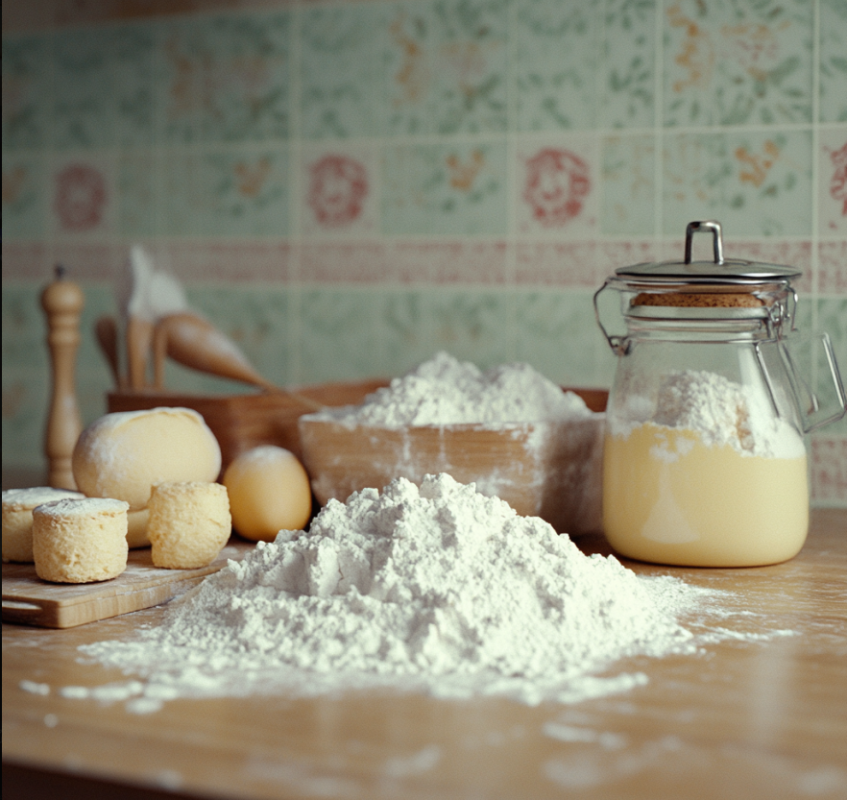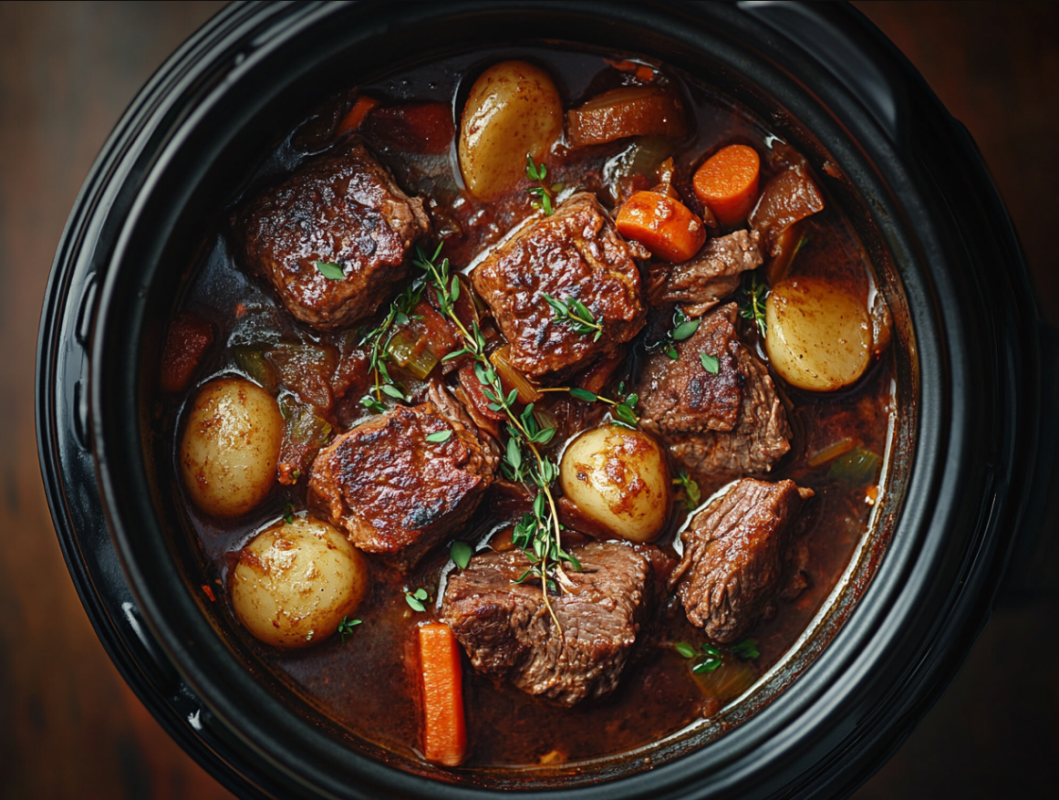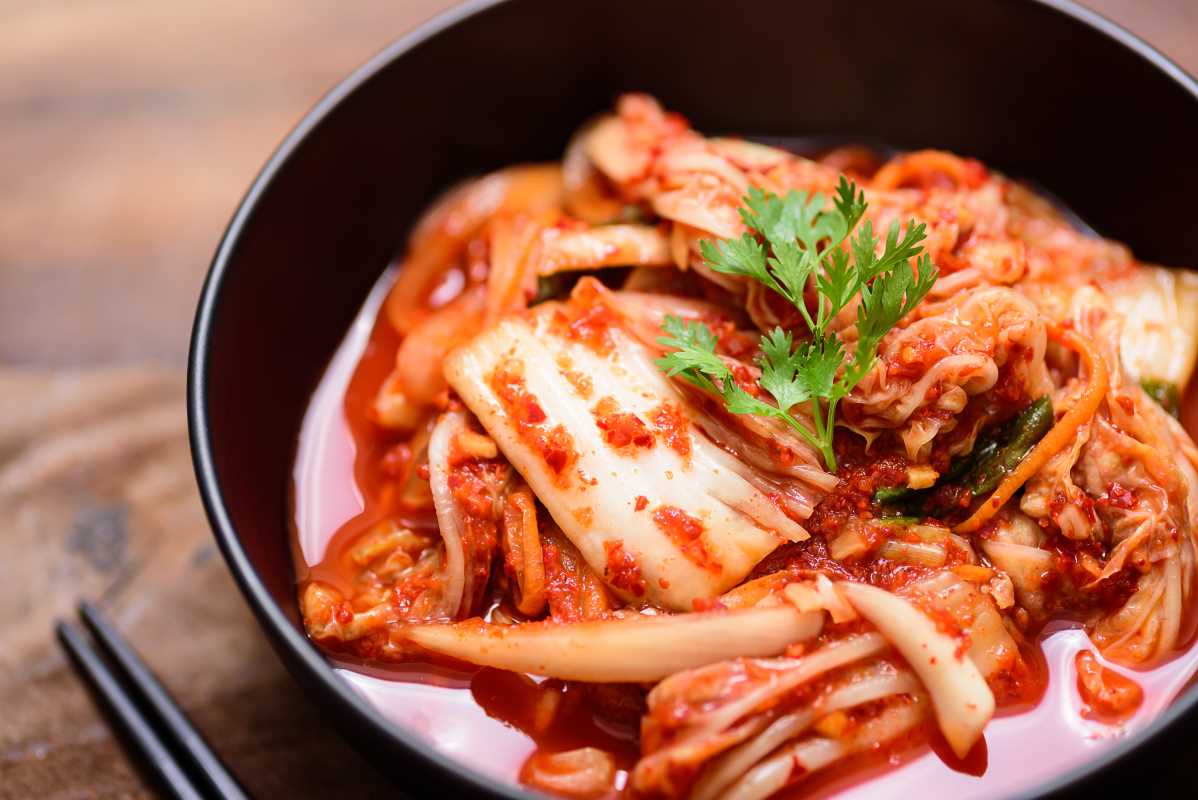We’ve all been there—pulling a cake out of the oven, only to find it collapsed in the middle, or baking cookies that spread into one giant puddle on the pan. On the flip side, there’s nothing like the joy of pulling a perfect loaf of bread from the oven, golden and fragrant. Baking may feel like magic, but in reality, it’s all about science. Understanding the chemistry behind baking can mean the difference between success and failure.
Unlike cooking, where you can improvise with a pinch of this or a splash of that, baking relies on precise measurements and specific chemical reactions. When you understand why ingredients behave the way they do, you can troubleshoot issues and even tweak recipes to suit your preferences. This article will break down the science behind cakes, cookies, and bread, helping you create perfect baked goods every time.
The Science of Cakes
Leavening Agents
Ever wonder what makes a cake rise? The answer lies in leavening agents like baking powder, baking soda, and even air incorporated into the batter. Baking soda (sodium bicarbonate) needs an acid—such as buttermilk or lemon juice—to react, producing carbon dioxide gas that creates air pockets in the batter. Baking powder, on the other hand, contains both an acid and a base, so it activates when mixed with liquid and again when exposed to heat. Fresh leavening agents are crucial; expired baking powder or soda won’t provide the necessary lift.
Gluten Development
Gluten is a protein in flour that provides structure to baked goods. While we want strong gluten networks in bread, cakes require a delicate balance. Overmixing your batter develops too much gluten, leading to a dense, chewy cake instead of a tender one. That’s why most cake recipes call for gently folding ingredients together just until combined.
Fats and Sugars
Butter and oil are responsible for keeping cakes moist. Butter also helps trap air when creamed with sugar, resulting in a lighter cake. Sugar does more than just sweeten—it also tenderizes by absorbing water, which keeps gluten development in check.
Temperature and Timing
An oven that’s too hot or too cool can make or break your cake. Always preheat your oven and consider using an oven thermometer to ensure accuracy. To check for doneness, insert a toothpick into the center of the cake—if it comes out clean, your cake is ready.
The Science of Cookies
Sugar Ratios
Sugar affects more than just sweetness. Granulated sugar encourages crispiness, while brown sugar (which contains molasses) adds moisture, creating chewier cookies. Want a softer cookie? Increase the ratio of brown sugar to granulated sugar.
Fat and Butter Temperature
Butter temperature is key to cookie texture. Melted butter leads to cookies that spread thin, while room-temperature butter creates thicker cookies with a better rise. Shortening has a higher melting point than butter, making for even thicker cookies.
Chill Time
Chilling cookie dough before baking solidifies the fat, meaning it melts more slowly in the oven and reduces spread. It also allows the flour to fully absorb moisture, leading to a more flavorful cookie.
Baking Time and Temperature
A lower baking temperature results in softer cookies, while higher temperatures yield crispier edges. If you want a chewy center with crispy edges, bake at a moderate temperature and remove cookies while they still look slightly underdone—they’ll continue cooking from residual heat.
The Science of Bread
Yeast Activation
Yeast is a living organism that feeds on sugar and produces carbon dioxide, causing bread to rise. To activate yeast, warm water (between 100-110°F) is ideal—too hot, and you’ll kill the yeast; too cool, and it won’t activate properly.
Gluten Development
Unlike cakes, bread relies on strong gluten networks for structure. Kneading dough aligns gluten strands, allowing it to trap gas and rise properly. A well-kneaded dough should be smooth and elastic.
Proofing
Proofing (allowing dough to rest and rise) is critical. Too short, and your bread will be dense; too long, and it may collapse. Ideal proofing conditions are warm and humid, which help the yeast thrive.
Baking and Crust Formation
Steam in the oven helps create a crispy crust by delaying surface drying. Professional bakers use steam-injected ovens, but you can replicate this by placing a pan of hot water on the oven’s bottom rack or misting your bread before baking.


.jpg)




